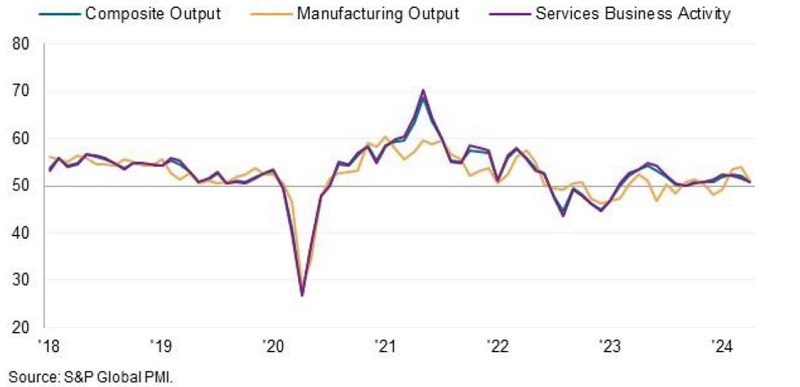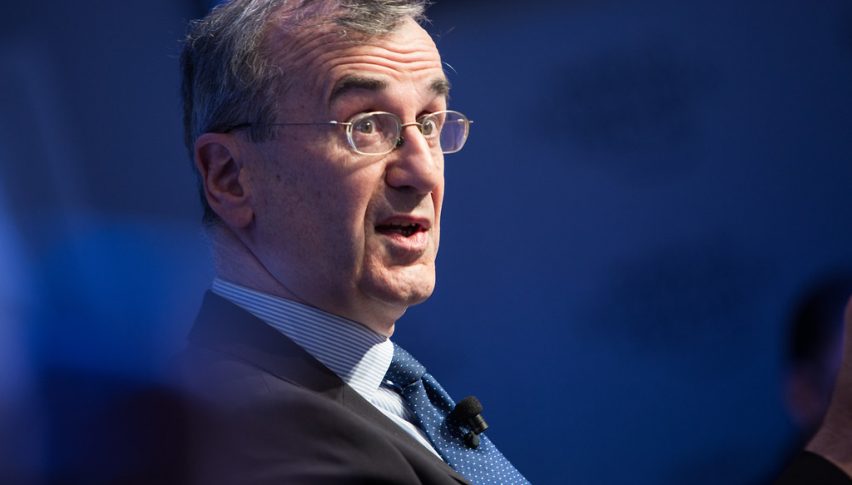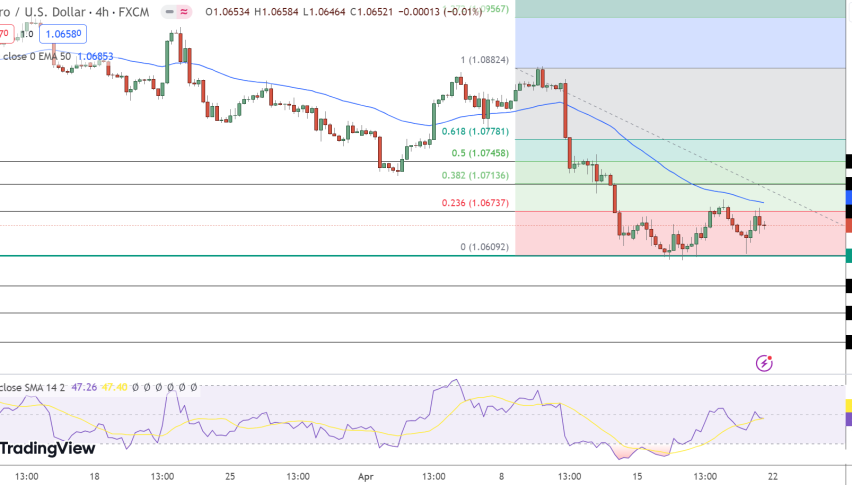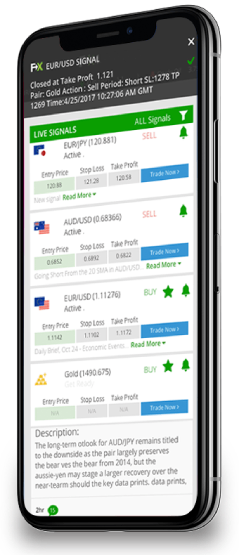US Headline CPI to Fall with A Caveat, Core CPI to Go Up
Inflation reached double-digit value in Europe and the US a few months ago, which kept central banks on their toes, raising interest rates very fast. But, it has cooled off in the last months, with the US headline CPI falling to 7.3% in November, while today’s report is expected to show another cool-off to 6.5%,
The headline CPI MoM is also expected to decline by 0.1%. But the core inflation isn’t quite as volatile as the headline numbers and it is expected to rise 0.3% on a monthly basis in December, after a 0.2% increase in November. Although, the market may strip out some lagged real estate effects. Core CPI YoY is forecasted to slow to 5.7% from 6.0% in November though.
Goldman Sachs economists are slightly below estimates, with a core reading at 5.63% YoY and +0.25% MoM and also slightly lower on the headline CPI at -0.06% MoM and 6.43% YoY.
“We highlight three key component-level trends this month. First, we expect new and used car prices to decline (-0.5% and -1.6% respectively, reflecting increases in auto dealer promotion incentives and continued declines in used car auction prices. Second, we expect lower oil prices to lead to a 2% pullback in CPI airfares in December. Third, we expect shelter inflation to run at a slower sequential pace in this report (rent +0.67%, OER +0.64%) as rent declines for new-tenant leases start to offset the continued catch-up of continuing-tenant lease rents to market rates,” Goldman writes.
Further ahead, they see the core CPI YoY at 3.0% in December 2023 and 2.6% in December 2024. The high estimate for the report is 6.8% from ANZ Bank and the low at 6.3% from CIBC. For its part, CIBC doesn’t offer much insight on why its inflation estimate is low points to gasoline prices and hotel prices as a reason for the below-consensus call:
“There was more relief in the form of lower gasoline prices for households in December, which will be behind the expected 0.1% monthly decline in total prices. That retrenchment will have been limited by pressure in food prices and an expected 0.2% advance in the core group (excluding food and energy), with the latter likely showing strength in core services tied to the tight labor market, against an easing in core goods prices on weaker demand and the improvement in supply chains and inventories.
An easing in monthly hotel prices was behind the deceleration in shelter costs in December, but rent and owners’ equivalent rent reaccelerated and are likely to show continued, strong pressure in December, before peaking in early 2023 in terms of monthly increases. Outside of shelter, other core services are the main areas of concern for the Fed, given ties to the tightness in the labor market, and still strong demand for services. A measurement quirk has been behind the downward pressure on core prices from medical care lately, with airfares also adding to the downside; both areas that aren’t indicative of underlying demand, and therefore did little to assuage the Fed’s concern.”
A soft report would weigh on the US dollar across the board and spur risk assets, sending EUR/USD closer to 1.10. Although there are many in the market who believe that recent dollar declines and equity strength is the market front-running of a strong report.












